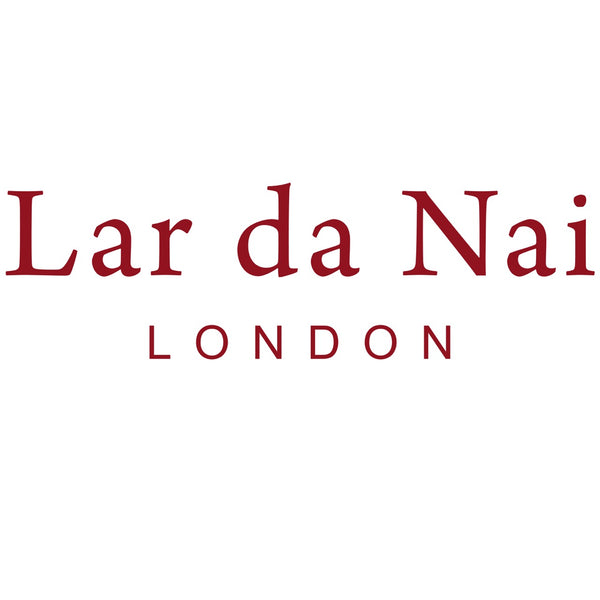Unveiling the Timeless Beauty of British Leather Craftsmanship
British leather craftsmanship has a long and storied history, dating back centuries. The tradition of crafting fine leather goods has been passed down through generations of skilled artisans, resulting in a rich and diverse heritage of leatherworking techniques and styles.
One of the earliest records of British leatherworking dates back to the Roman occupation of Britain, when leather was used to make military equipment such as armor and footwear. However, it wasn't until the Middle Ages that leatherworking began to flourish as a distinct craft in its own right.
During this time, leather was used for a wide range of purposes, including making shoes, gloves, belts, and bags. Tanneries were established across the country, and many of these remained in operation for centuries, passing down their knowledge and expertise from one generation to the next.
One of the most famous examples of British leather craftsmanship is the bespoke leather industry in London's West End. Since the 19th century, this area has been home to a number of skilled leatherworkers who specialize in creating custom-made leather goods for discerning clients.
These craftsmen use traditional techniques such as hand-stitching, hand-tooling, and hand-dyeing to create leather goods that are both functional and beautiful. They often work with the finest leathers, such as full-grain calfskin or exotic leathers like crocodile or ostrich, and incorporate unique details such as monogramming or custom hardware.
Another aspect of British leather craftsmanship is the production of luxury leather goods such as handbags, wallets, and briefcases. Companies such as Mulberry, Aspinal of London, and Smythson have built global reputations for their high-quality leather products, which are often handcrafted in British workshops using traditional techniques.

In recent years, there has been a renewed interest in British leather craftsmanship, with many younger artisans taking up the mantle and bringing a fresh perspective to the craft. This has led to a resurgence of interest in traditional techniques, as well as the development of new methods and materials that push the boundaries of what is possible with leather.
Despite the challenges facing the leather industry, including increased competition from synthetic materials and the impact of globalization, British leather craftsmanship remains a vital and thriving part of the country's cultural heritage. With its rich history, skilled artisans, and dedication to quality, British leatherworking is sure to continue to flourish for many years to come.


